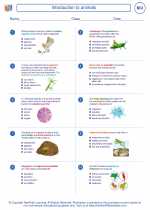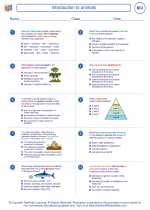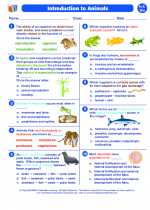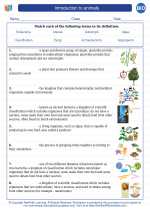Overview of Eris
Eris is a dwarf planet that orbits the Sun in the outer solar system. It is about 27% more massive than Pluto and is one of the most massive dwarf planets known. Eris has one known moon, Dysnomia, which is named after the daughter of Eris in Greek mythology.
Physical Characteristics
Eris has a diameter of about 2,326 kilometers, making it slightly smaller than Pluto. Its surface is composed of frozen methane, nitrogen, and other ices, giving it a highly reflective surface. Eris has a tenuous atmosphere primarily composed of nitrogen, with traces of methane and possibly other gases.
Orbital Characteristics
Eris has a highly elliptical orbit that takes it from about 38 to 98 astronomical units (AU) from the Sun. It takes Eris about 557 Earth years to complete one orbit around the Sun. Due to its distance and slow orbital motion, Eris is difficult to observe from Earth and was not discovered until 2005.
Comparison with Pluto
Initially, Pluto was considered the ninth planet in our solar system until Eris's discovery raised questions about the classification of these distant objects. After much debate, the International Astronomical Union (IAU) reclassified both Pluto and Eris as "dwarf planets" in 2006, setting new criteria for what constitutes a planet.
Research and Exploration
Since its discovery, Eris has been the subject of ongoing scientific research, primarily through observations made by telescopes. No spacecraft missions have been planned to visit Eris due to its distance and the challenges associated with reaching the outer solar system.
Impact on Astronomy
The discovery of Eris and the subsequent reclassification of Pluto sparked debates and discussions about the nature of objects in the outer solar system. It also prompted a reevaluation of the criteria for defining planets, leading to a clearer distinction between planets and dwarf planets in our solar system.
Conclusion
Eris is a significant object in our solar system, shedding light on the diversity of bodies beyond the orbit of Neptune. Its discovery and subsequent reclassification have influenced our understanding of planetary science and the criteria for classifying celestial objects.
.◂Biology Worksheets and Study Guides High School. Introduction to animals

 Worksheet/Answer key
Worksheet/Answer key
 Worksheet/Answer key
Worksheet/Answer key
 Worksheet/Answer key
Worksheet/Answer key
 Vocabulary/Answer key
Vocabulary/Answer key
 Vocabulary/Answer key
Vocabulary/Answer key
 Vocabulary/Answer key
Vocabulary/Answer key
